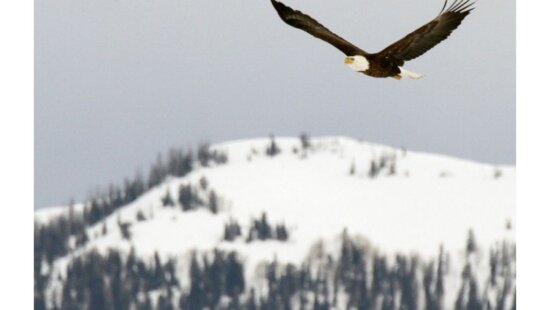Wildlife
Need-to-knows for the upcoming pheasant and quail hunting season

A pheasant rooster in a field Photo: courtesy of Utah Division of Wildlife Resources
UTAH — With the general hunting seasons for quail and pheasant opening on November 5, the Utah Division of Wildlife Resources (DWR) provided an update on populations across the state and helpful tips to target each species within the different regions.
Pheasant can primarily be found in Northern, Northeastern, and Central Utah. They like areas near fields of wheat, corn, or other plants to feed on with potential cover for them to shelter.
“If you don’t have a dog, you can still be successful by walking slowly to flush out the pheasants,” DWR Upland Game and Waterfowl Coordinator Heather Talley said. “Many times, they will flush if you stand near them for a few minutes because they think they’ve been spotted.”
Popular hunting areas include the Bud Phelps and Powell Slough Wildlife Management Areas (WMA). There are also several Walk-in Access properties throughout the state. It is important to remember that many WMAs reacquire non-toxic shots to be used. Private land in these areas also has several pheasants but can only be accessed with written permission from landowners is required.
“Hunters should also target the DWR wildlife management areas throughout the state because we will be releasing over 12,000 pen-reared rooster pheasants in these areas,” Talley said. “Birds will be released each week throughout November to help increase hunter success and give everyone a good opportunity to harvest birds this season. If you choose to hunt on one of our WMAs, be willing to hike a long way away from parking areas and other hunters to increase your chances of finding the wild birds.”
DWR is hosting a pheasant hunting seminar that is mainly targeted at beginners on October 27 from 7-8 p.m. at the DWR Springville Office. Although free, attendees must register in advance.
Although more populous in much of the state, quail are in particularly high concentrations within Central Utah, with areas around Tooele City being a great place to target them. Hunting quail is very similar to pheasant but in different areas with signs of habitat, including Joshua trees, dry washes, and draws with black brush or desert almond. Their diet primarily consists of flowers from grasses, trees, and shrubs, along with seeds and leaves.
“It’s best to hunt quail with a trained hunting dog since quail would rather hunker down and hide than fly away,” Talley said. “Holding the quail in place with a dog will enable you to get close enough to flush the birds and get a shot. You can still hunt quail successfully if you don’t have a dog. You can still get a good shot if you get close enough to quail as they are sprinting before taking flight.”
For youth ages 17 and younger, there are opportunities to attend hunts hosted by DWR and partners on Saturdays starting October 29 and ending on November 12. Similar to the Utah Cutthroat Slam, the Upland Game Slam also helps fund several habitats and upland game-related projects.
Regulations and rules for the 2022-23 season can be found in the Upland Game and Turkey Guidebook.



















